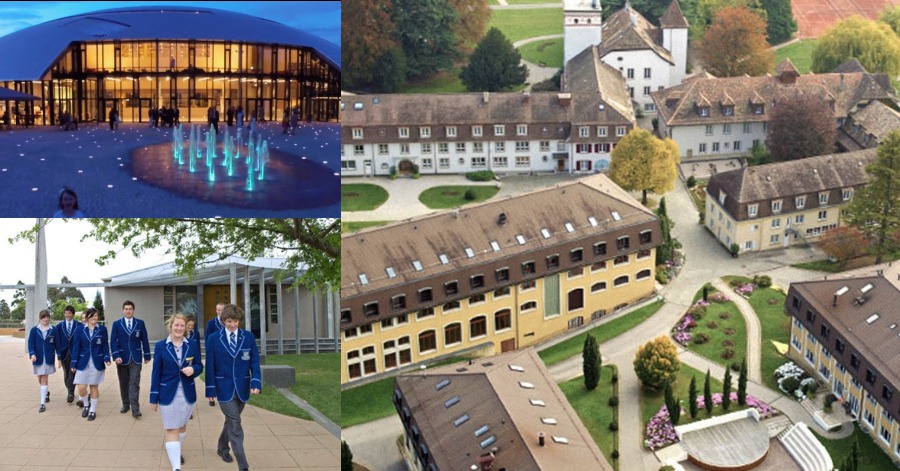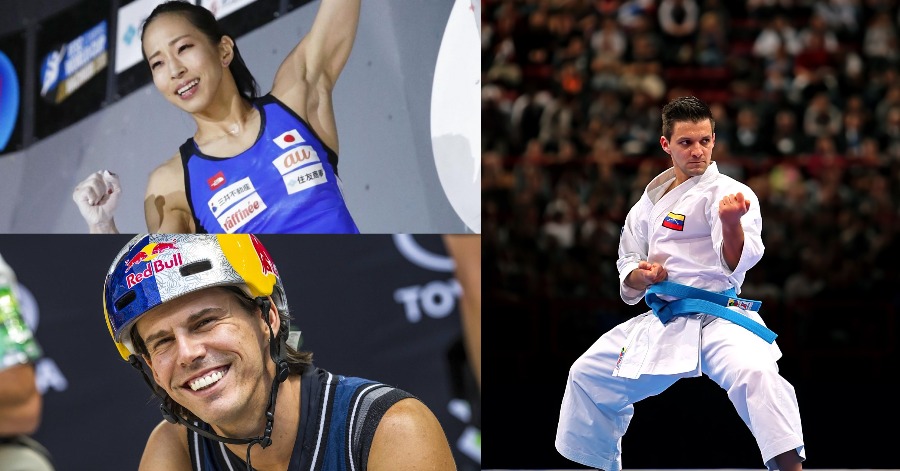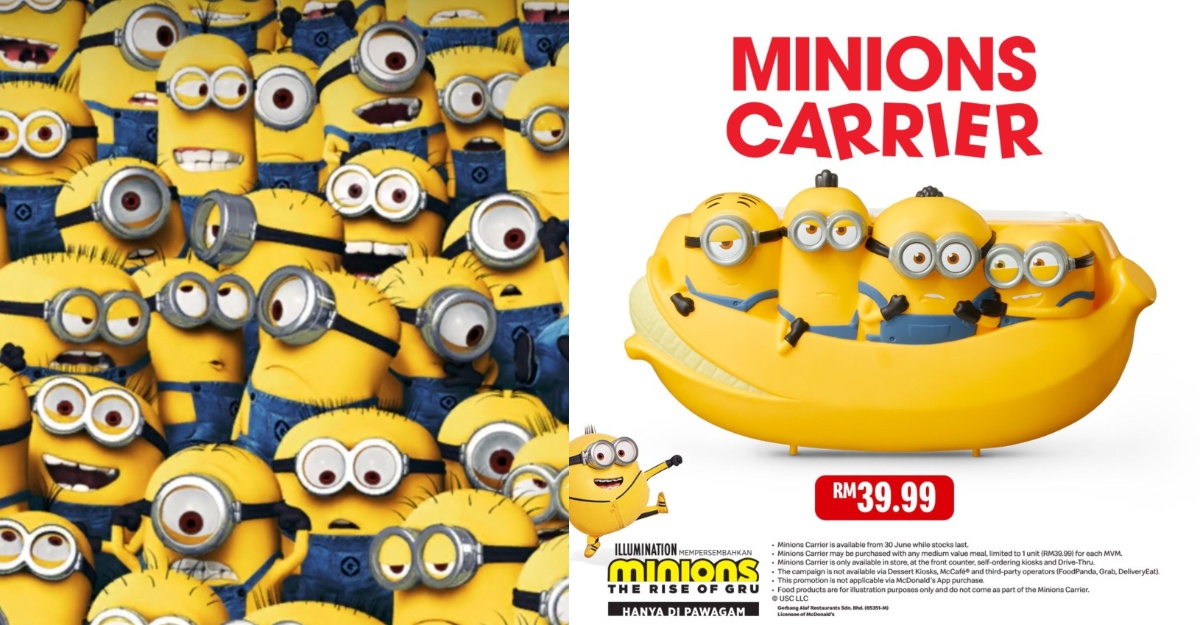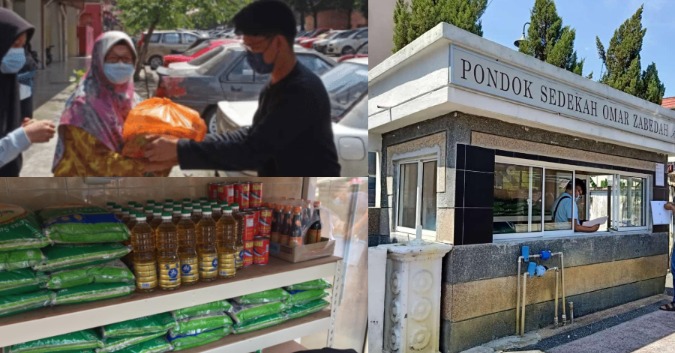Institut Le Rosey, commonly referred to as Le Rosey or simply Rosey is actually a boarding school located in Rolle, Switzerland. It was founded by Paul-Émile Carnal in the year 1880 on the site of the 14th-century Château du Rosey in the town of Rolle in the canton of Vaud. It is among the oldest boarding schools in Switzerland and one of the most expensive schools in the world. The school also owns a campus in the ski resort village of Gstaad in the canton of Bern to where the student body, faculty, and also staff move during the months of January through March.
In the year 2015, Christophe Gudin, the son of the fourth director of Le Rosey Philippe Gudin, became the fifth one. Kim Kovacevic is the headmaster. Then in the year 2014, Le Rosey inaugurated the Paul & Henri Carnal Hall, an arts and learning center for Le Rosey and the La Côte region. It costs 108,900 Swiss francs a year in tuition fees.
There are indoor and outdoor pools at the summer campus.
It looks more like a family holiday destination than a school.
Students arrive at the main campus in the month of September and have breaks in October and December. Then, after Christmas, they head to a campus in the quaint town of Gstaad which is a tradition for Le Rosey since 1916.
Students can ski four times a week. To make up for this, they have Saturday morning lessons.
There are currently 400 students between the ages of 8 and 18 at Le Rosey. They come from 67 countries, and there is a perfect gender split. They’re expected to be bilingual and can study up to four languages at a time, including Dzongkha or Swahili.
The library has books in over 20 languages.
A full Le Rosey education is split into four stages: juniors, cadets, jeunes seniors, and seniors. At the high school level, students choose between the baccalauréat français or the International Baccalaureate diploma.
Dormitories are shared between two students, but they change roommates three times a year because of the winter term in Gstaad. Some have an individual room in their final year, but they share a bathroom with one other student.
On an average day at the main campus, students are woken up at 7 a.m. and head down for an informal buffet breakfast and check-in.
During the “academic block,” students must wear “comfortable and correct” clothing. This means shirts should be tucked into trousers, skirts and dresses should be “reasonably long,” and tops must cover midriffs and shoulders.
For formal school events, such as parties and conferences, students wear the school uniform. For boys, this consists of a navy-blue blazer, Rosey badge, white or blue shirt, school tie, gray trousers, and black shoes. Girls wear a navy-blue blazer, Rosey brooch, white dress, school scarf, and sandals or town shoes.
Classes take place from 8 a.m. to 12.20 p.m., with a traditional midmorning break for hot chocolate. After lunch, classes resume at 1.30 until 3.30 p.m.
Between 4 and 6 p.m. are sports and arts. The Paul & Henri Carnal Hall is the school’s arts and learning centre, with three orchestras, two choirs, three theatre groups, photo studies, and opportunities to get involved in dance, art, and gastronomy.
Over 60% of the students play an instrument or sing, and they participate in the school’s orchestra, chamber orchestra, choir, or individual rock bands.
When not hosting philharmonic orchestras, theatre plays, or concerts, the hall is used by the students to perform on stage in front of their peers and families during the school’s events.
Sports are also a major part of day-to-day life at Le Rosey. The school offers over 25 sports every year. There are football and rugby pitches, an athletics track, basketball courts, beach volleyball pits, tennis courts, and two fitness rooms.
The school’s nautical center on Lake Geneva has a sailboat, rowing boats, and four motorboats for waterskiing. There’s even a spa for students to unwind.
After students have worked up an appetite and participated in a short study hall, dinner which is a formal affair got served at 7.30 p.m. All meals are prepared by in-house chefs, and the students rotate as waiters.
Students must sit in a seat marked by a personal napkin that’s fixed for the entire term. They rise when an adult arrives and don’t leave the table until invited to do so by the director of boarding.
The time after dinner is usually dedicated to another study hall and homework, but there are often “culturing outings,” lectures, debates, or challenges. Phil Collins even performed last year.









Leave a Comment